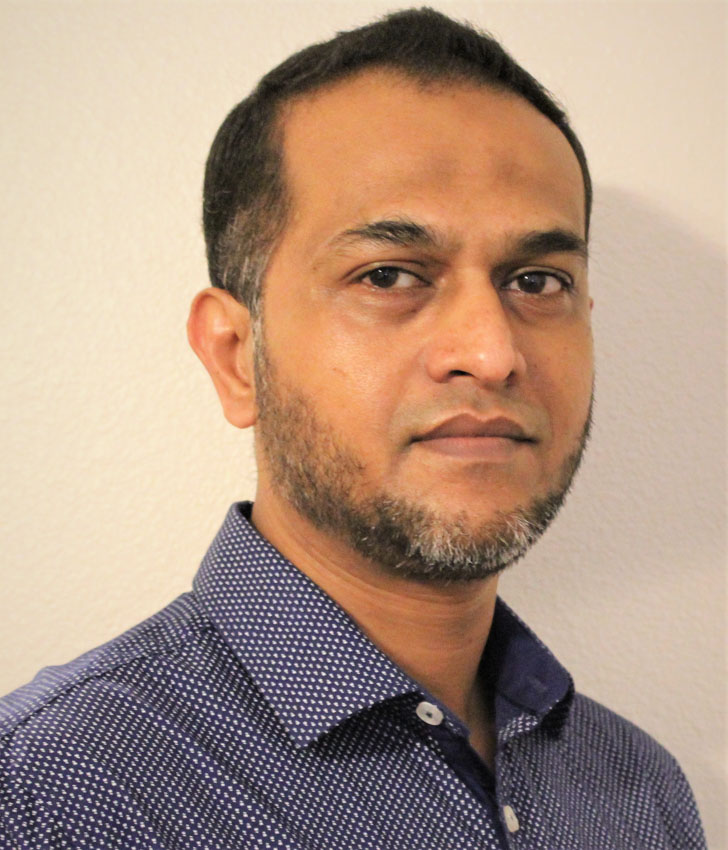USM Coastal Sciences Professor Receives Publication in Nature’s Communications Earth & Environment Journal Focusing on Predicting Extreme Sea Levels
Mon, 01/22/2024 - 08:56am | By: Gabriela Shinskie

Dr. Mamunur Rashid, assistant professor in the Division of Coastal Sciences in the School of Ocean Science and Engineering (SOSE) at The University of Southern Mississippi (USM), has received publication (open access) of his work in the Communications Earth and Environment journal. The journal publishes advanced peer reviewed research in environmental science and planetary science across the globe.
The article titled, “Stochastic simulation of storm surge extremes along the contiguous United States coastlines using the max-stable process” focuses on extreme surge event probability across the United States coastlines. Rashid analyzed tide gauges’ sea level data and performed stochastic simulation to compute extreme sea level magnitudes and their uncertainty for coastal towns and coastlines. In turn, his data can help engineers and stakeholders to build and plan appropriately to reduce coastal flooding.
“The observation data we have for extreme sea levels are limited. We came up with a model to replicate the data and the climate out there,” said Rashid, “We need more data for confidently computing extreme surge levels because the rise of surges leads to more coastal flooding and devastation.”
Through a simulation and a method called a max-stable process, Rashid can identify the regions having strong likelihood of extreme surges as a result of hurricanes and other storms. He analyzed U.S. coastlines, including the East Coast, West Coast, and Gulf of Mexico.
The max-stable process has not been researched heavily for sea levels; however, it has been used to analyze extreme rainfall in certain areas. Rashid expressed his theory in using the process to focus on high-level coastal issues.
Extreme sea levels such as storm surges have been proven to affect coastlines and coastal communities. Tide gauges, a device used to measure sea-level changes, are crucial to recording such data. Unfortunately, many areas along the U.S. coast lack tide gauges to fully track rising sea levels and their impacts on coastal communities.
“If we can fill in those spatial gaps between the tide gauges, that will enable us to produce data on how these extremes spread along the coast,” said Rashid.
Read Rashid’s article in the Communications Earth and Environment Journal. Learn more about how USM’s School of Ocean Science and Engineering is making waves in the blue economy.